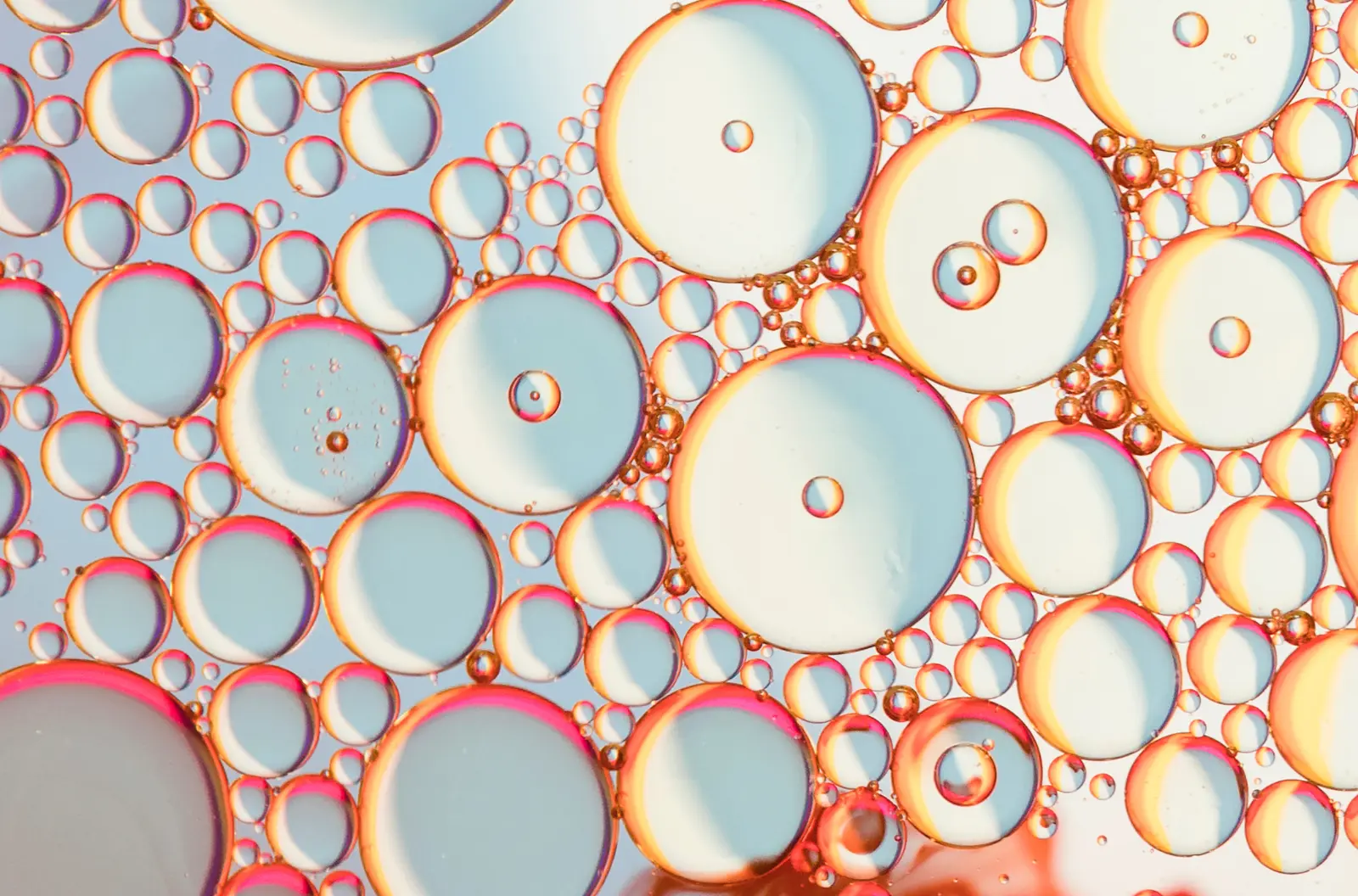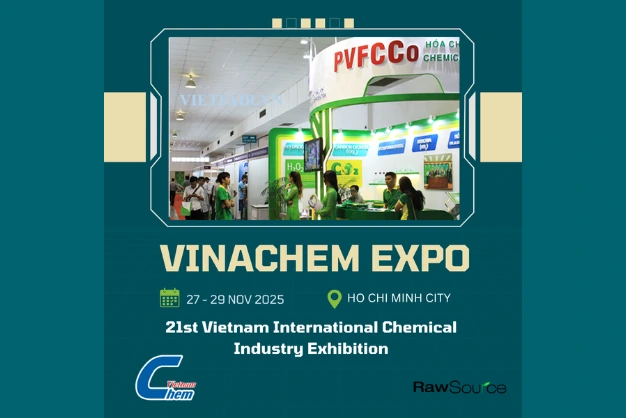Monomers are small, simple molecules with the ability to chemically bond to other monomers, forming larger and more complex structures known as polymers. The term “monomer” is derived from the Greek words “mono,” meaning single, and “meros,” meaning part. Essentially, monomers are the basic building blocks of polymers, just as bricks are to a building.
Monomers can be classified into different types based on their chemical structure and the nature of the polymerization process they undergo. The two main types are:
Addition Monomers: These monomers, such as ethylene and propylene, polymerize through addition reactions where monomer molecules add to a growing polymer chain one at a time.
Condensation Monomers: These monomers, like nylon and polyester precursors, polymerize through condensation reactions, where each step of the process releases a small molecule, often water.
The primary raw material for producing iso-oleic monomers is iso-oleic acid. This acid can be sourced from natural vegetable oils, such as soybean or canola oil, or synthesized through chemical processes.
Extraction: Iso-oleic acid is extracted from natural oils using processes like distillation or hydrogenation.
Isomerization: The extracted iso-oleic acid undergoes isomerization, a chemical process that rearranges the molecular structure to create the branched iso-oleic monomer.
Purification: The resulting monomers are purified to remove impurities, ensuring high-quality, consistent performance in their applications.
Iso-oleic monomers are known for their high reactivity and stability:
High Reactivity: Iso-oleic monomers can easily engage in chemical reactions, making them versatile in polymerization and synthesis processes.
Thermal Stability: Their structure provides resilience against heat, ensuring that polymers made from these monomers maintain integrity under high temperatures.
Oxidative Stability: The branched-chain offers resistance to oxidation, which is essential for applications requiring long-term durability.
The physical characteristics of iso-oleic monomers make them suitable for numerous applications:
Viscosity: These monomers have lower viscosity compared to their linear counterparts, facilitating easier processing and application.
Flexibility: The branched structure imparts flexibility, which is beneficial in products requiring elasticity.
In the polymer and plastic industries, iso-oleic monomers are used to produce specialized materials with enhanced durability and resistance to environmental factors. Their high reactivity and stability make them ideal for creating robust polymer structures.
Iso-oleic monomers are crucial in formulating strong and flexible adhesives and sealants. Their ability to bond strongly while remaining flexible under stress is particularly valuable in applications where durability and adaptability are essential.
The textile industry utilizes iso-oleic monomers to produce fibers with improved elasticity and strength. These properties are particularly beneficial in applications where durability and comfort are paramount, such as in clothing and upholstery.
Iso-oleic monomers contribute to more efficient manufacturing processes. Their lower viscosity and high reactivity reduce production times and energy consumption, leading to cost savings and increased productivity.
Using iso-oleic monomers can have positive environmental implications. Their stability reduces the need for frequent replacements, decreasing waste. Additionally, if sourced from natural materials, they provide a more sustainable alternative to fully synthetic monomers.
Despite their advanced properties, iso-oleic monomers can be cost-effective. Their ability to enhance the performance and lifespan of products can lead to significant cost savings over time, particularly in applications requiring durable and long-lasting materials.
Producing iso-oleic monomers can be complex and requires precise control over the isomerization process. Any deviations in this process can affect the quality and performance of the final product.
While iso-oleic monomers offer numerous benefits, they may not be suitable for all applications. Some industries may require monomers with specific properties that iso-oleic monomers do not possess. Additionally, the cost of production and the availability of raw materials can pose challenges.
The demand for iso-oleic monomers is expected to grow as industries seek materials with unique properties and improved performance. Market trends indicate a rising interest in sustainable and efficient materials, which iso-oleic monomers can fulfill. The continued focus on environmental sustainability and cost-effectiveness will likely drive the adoption of iso-oleic monomers in the coming years.





